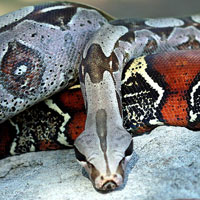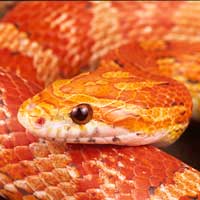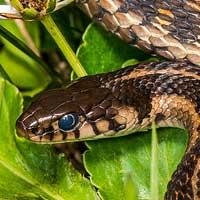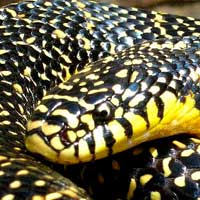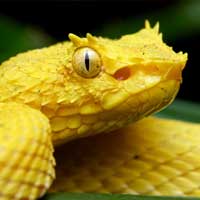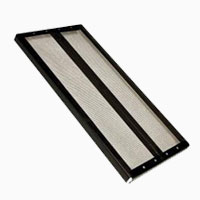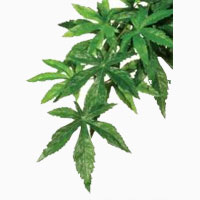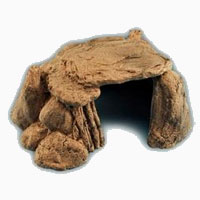Black Pine Snake
Scientific Name: Pituophis Melanoleucus Lodingi
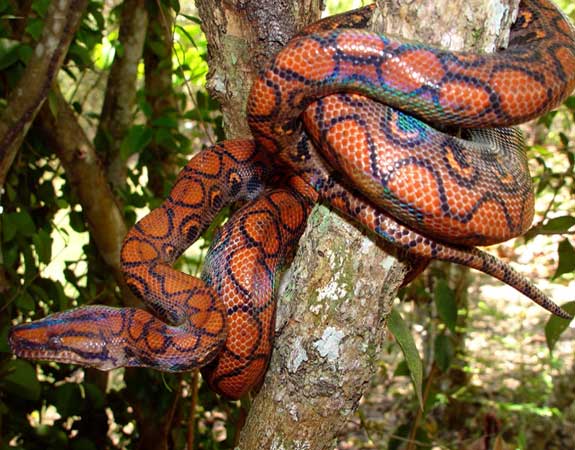
Share this Post
The Black Pine Snake as it is commonly known, is referred to scientifically as Pituophis melanoleucus lodingi. This snake interbreeds with Florida Pine Snake to produce snakes with darker backs and dark gray bellies. It has round pupils with a pointed nose under a large triangular scale. Unlike other snakes that have two large scales on the snout, the Black Pine Snake has four. Juveniles seem dark toward their heads and with beautiful shiny patterns toward the tails; their bellies are pinkish and tan. This species of snake feeds wholly on pocket gophers. These it hunts by getting into the burrows to flush them from these holes. It also feeds on other small mammals, birds and insects while climbing trees. In some varieties, the snake has intensive whitish but rusty brown on its sides.
Black Pine Snakes Are Beautiful Creatures
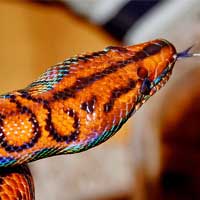
Facts About Black Pine Snakes
Geographic Location
The snake occurs in the Florida area as a cross breed with Florida Pine Snake. Integrated species are found in the Escambia River, eastern Louisiana and Alabama.
Habitat
It requires dry and sandy soils for burrowing during hot conditions. Most of the regions that it inhabits are found in mixed pine and hardwood regions.
Behavior
When confronted, the snake inflates its rear and front and rises while producing a loud hissing sound. It hibernates during winter for some weeks since it inhabits an area that experiences mild winter. The Black Spine Snake is an opportunist; this is because it lives in already dug holes and rodent and tortoises burrows. It hides for long periods and can sometimes be hard to observe.
Reproduction
The Black Pine Snake mates and the breeding occur in spring. The female lays about 4-8 large whitish eggs. Neonates emerge around late summer measuring 46 cm to 51 cm in September to October.
Captivity
This snake does well in captivity and feeds on simple meals. Some prefer a unique diet of ground squirrels.

